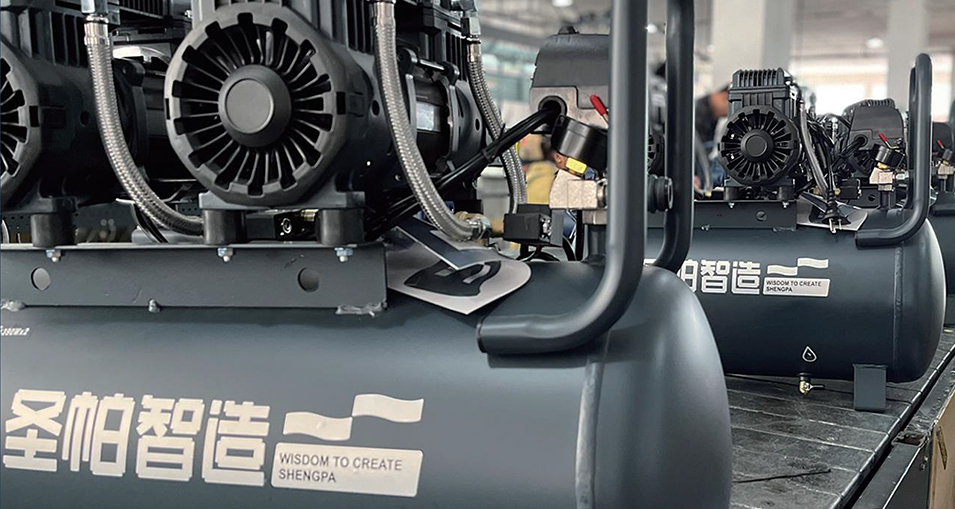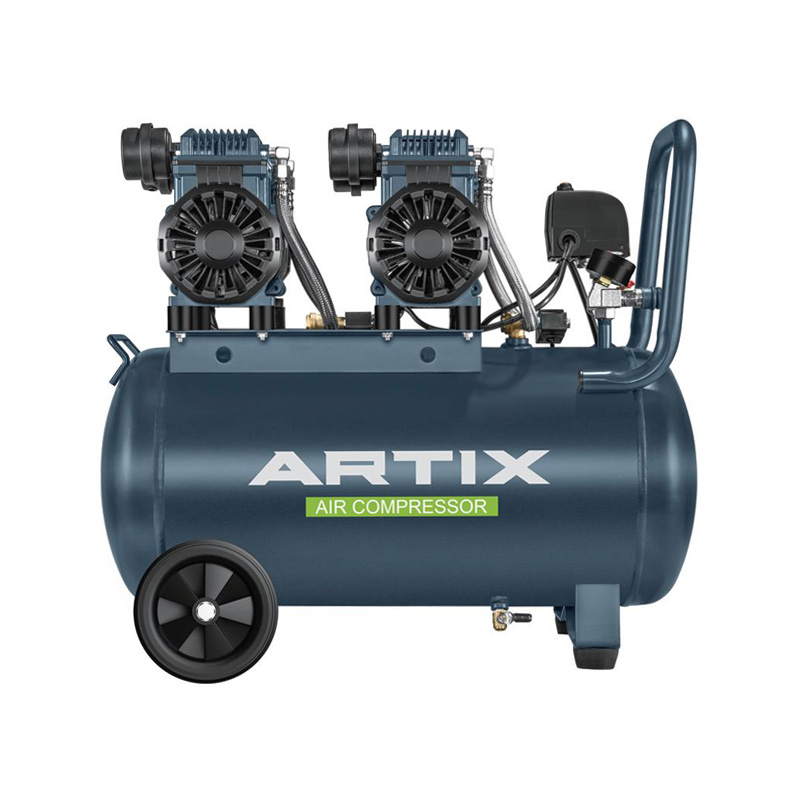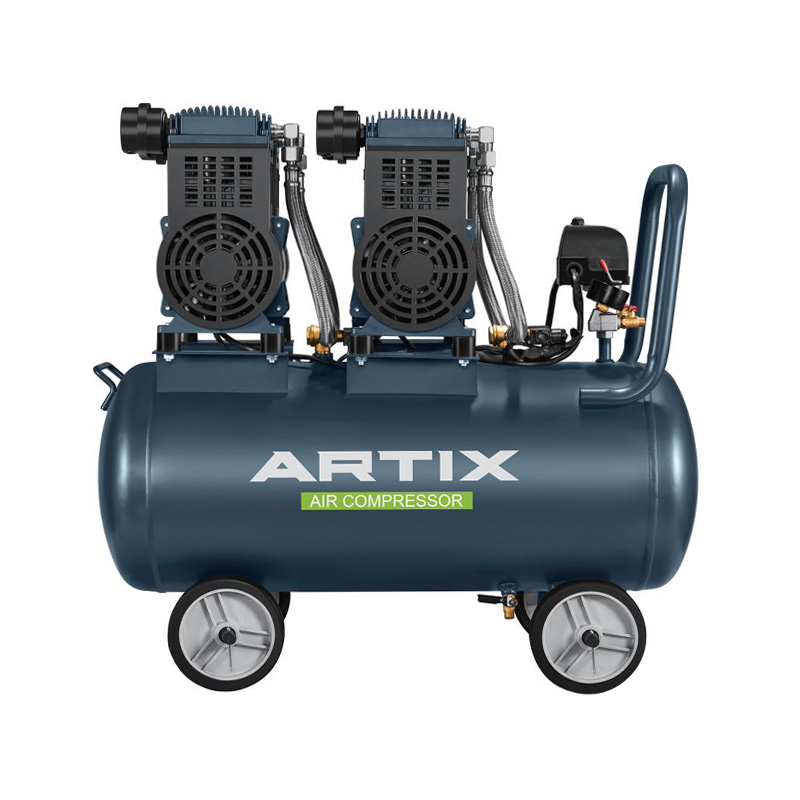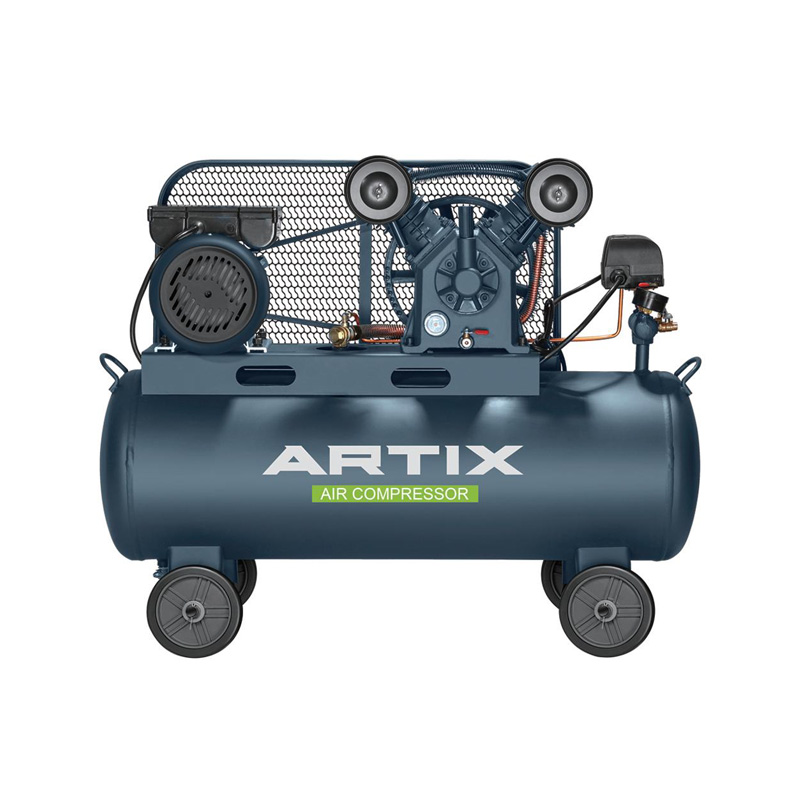In the compressed air industry, two of the lots of commonly discussed technologies are the Belt Driven Compressor and the Direct Drive Compressor. Understanding the distinctions between these two systems is essential for anyone looking to make an informed decision when selecting an air compressor for industrial or workshop use.

A Belt Driven Compressor uses a belt and pulley system to transfer power from the motor to the compressor pump. This design allows flexibility in adjusting the motor speed and the compressor pump speed independently. As a result, the Belt Driven Compressor is well-suited for a wide range of applications that may require customization in terms of pressure and output.
In contrast, the Direct Drive Compressor connects the motor shaft directly to the compressor crankshaft. This direct linkage means fewer moving parts, which can contribute to reduced maintenance needs. The Direct Drive Compressor is commonly chosen for environments where constant air delivery is required, and the compressor is expected to run for longer periods without interruption.
Both the Belt Driven Compressor and the Direct Drive Compressor have their own distinct advantages depending on the operational environment. For instance, workshops that prioritize flexibility and adjustability may find the Belt Driven Compressor more suitable. The ability to change pulley sizes to alter performance without changing the motor makes this type ideal for varying load demands.
On the other hand, the Direct Drive Compressor is often favored in more demanding industrial settings. Since there is no belt to wear out or replace, the downtime for maintenance can be lower. However, the motor and compressor pump must operate at the same speed, which can cause higher wear in specific scenarios. Therefore, choosing between a Belt Driven Compressor and a Direct Drive Compressor often comes down to usage patterns and long-term maintenance considerations.
Another factor to consider is energy consumption. While both types can be energy efficient when properly maintained, the design of the Direct Drive Compressor can provide better efficiency in continuous-use environments due to the direct transmission of power. Still, the Belt Driven Compressor allows more control over speed, which may help conserve energy in applications with intermittent use.
Noise level is another area where users may notice a difference. The Belt Driven Compressor typically runs more quietly, especially when used at lower speeds. This can be a valuable feature in environments where noise control is important. In contrast, the Direct Drive Compressor may generate more operational noise, although newer designs continue to improve in this area.
For users focused on ease of maintenance, the Direct Drive Compressor requires attention to the motor bearings and cooling system, but the absence of belts reduces mechanical wear points. Meanwhile, the Belt Driven Compressor will require periodic inspection and replacement of belts, but provides easier access for adjustments and part replacements.
In conclusion, understanding the structural and functional differences between a Belt Driven Compressor and a Direct Drive Compressor is vital in selecting the right equipment. The choice should be based on factors such as operational hours, flexibility needs, maintenance capabilities, and energy considerations. By matching the right type of compressor to the specific demands of the application, users can achieve greater efficiency and reliability in their operations.
Whether you are upgrading your existing system or setting up a new one, considering the unique benefits of both the Belt Driven Compressor and the Direct Drive Compressor will help ensure that your investment supports your long-term production goals.





